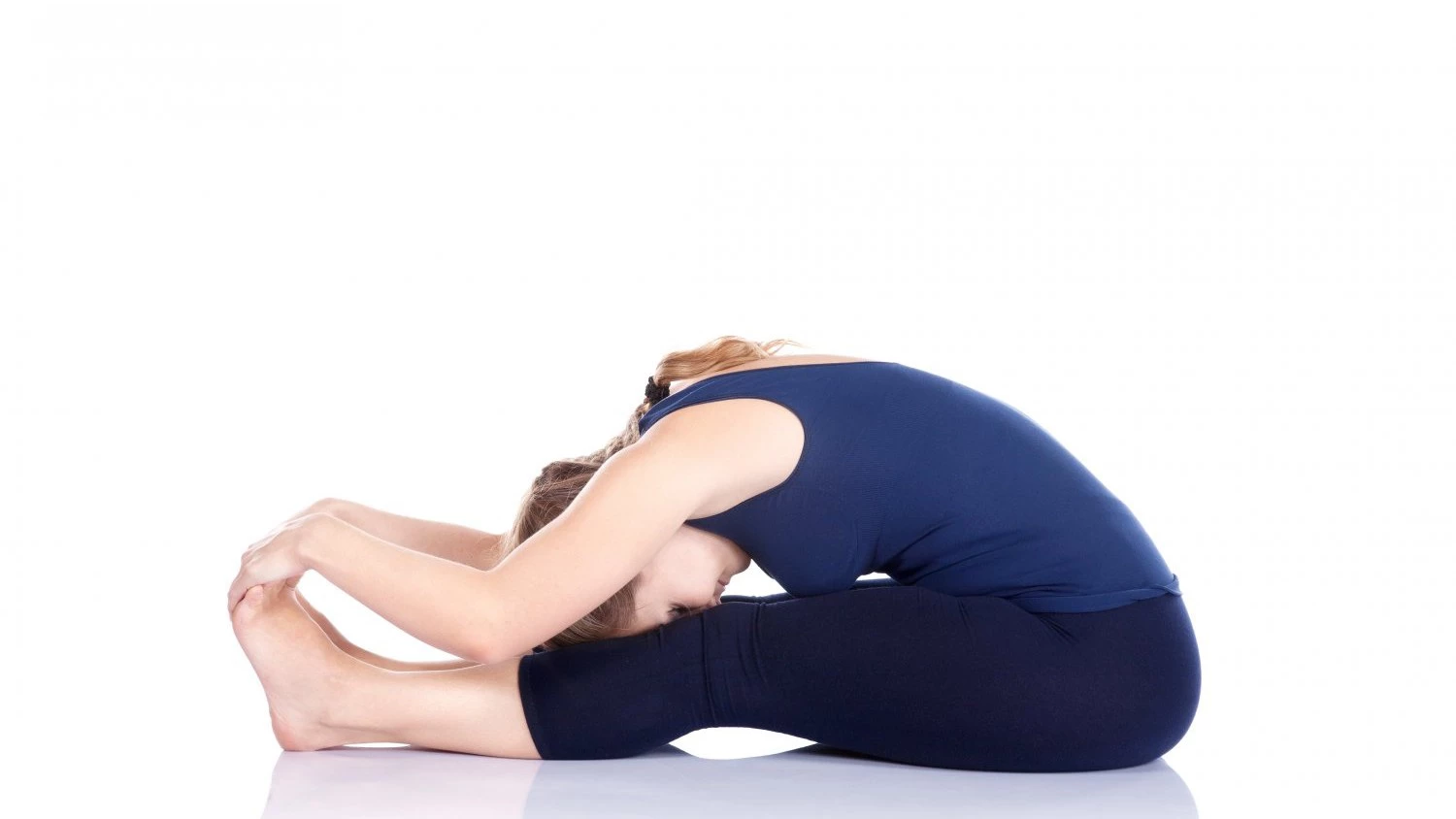Yoga Stretches for Healthy Hamstrings

Both beginning and more experienced yoga students often struggle with tight hamstrings. Unfortunately, in most yoga classes, poses are only held for 10 to 30 seconds. However, according to Doug Keller, author of Yoga as Therapy, to stretch the hamstrings, you need longer holdings—ideally two to three minutes.
“The hamstring muscles contain a lot of connective tissue,” says Keller. “They are very tough muscles with a lot of fascial tissue, so it takes more dedication to keep it supple or flexible so it doesn’t tighten up. Longer stretches are important to help these muscles open up.”
Also check out Doug Keller’s course: Essential Keys to Healthy Hamstrings.
If tight hamstrings are hampering your yoga practice, try setting 10 to 15 minutes aside each day for some gentle hamstring stretches. Over two three months, you will notice a tremendous difference in your yoga practice, and even in your posture and the health of your back. For added benefit, try doing hamstring stretches before bed can be a wonderful way to ease out of the busy mindset of the day and settle mind and body for a good night’s rest.
Here are three gentle yoga stretches for healthy hamstrings:
Modified Utthita Hasta Padangusthasana (Extended Hand-to-Foot Pose)
- Stand with one leg on the seat of a chair. The leg should be straight and your heel touching the chair.
- Bend forward, until you feel a gentle stretch, and then stay there for a one and a half to two minutes.
- Breathe slowly and gently, and keep pressing the standing leg into the floor and growing tall through your trunk and spine.
- After a minute or two, relax, and shift to the other leg.
Note: If balance is an issue, be sure to stand close to a wall and hold on to the wall for support. If keeping your leg on the seat uncomfortable to use support, like a coffee table.
Supine Hand to Foot Pose (Supta Padangustahasana)
This wonderful hamstring stretch is practiced lying down, making it safer for your lower back.
 Lying on your back, put a strap (or tie) around your right foot and reach it towards the ceiling. If you prefer, you can bend your left knee to enable the right leg to move further towards the ceiling.
Lying on your back, put a strap (or tie) around your right foot and reach it towards the ceiling. If you prefer, you can bend your left knee to enable the right leg to move further towards the ceiling.- Pull the strap towards you and come into a gentle stretch. Stay there for two to three minutes. Let comfort be your guide—this should always feel pleasant and relaxing, if it doesn’t you are pushing too hard.
- Relax and repeat on the other side.
If your hamstrings are very tight and the leg doesn’t go up very high, try practicing this pose lying in a doorway with one leg up the wall and the straight leg through the doorway. This way your raised leg receives enough support to enable you to stay in the pose for a while.
Supine Bound Angle Pose. (Supta Baddha Konasana)
Oftentimes, tight hamstrings are accompanied by tightness in the inner thigh muscles, the adductors. These can also factor into forward bends, so its important to include the adductors when you try to open the hamstrings.
- Lie on your back. Bend the knees and bring the soles of your feet together, then allow the knees to open up to the side.
- Prop yourself up with pillows under the knees or other props to enable yourself to remain comfortable in this pose for a couple of minutes.
A variation of Supta Baddha Konasana can also practiced with your pelvis against a wall and your feet up on the wall. Again allow the knees to open out to the sides, and press gently on the thighs to encourage deeper opening.
It may take you a couple of months of 10-15 minutes of daily stretching to make friends with your hamstrings, or longer, depending on your age and other fitness activities. But in the process, you are likely to find surprising benefits—apart from greater ease in yoga postures.
Many people hold stress and tension in the deep muscles of the leg and stretching them can be a great way to release that stress. If you do the stretch before bedtime, you may find that you sleep better. And over time, you will notice other changes—for example, that nagging low back pain that has been bothering you for a while may just slowly fade away.



